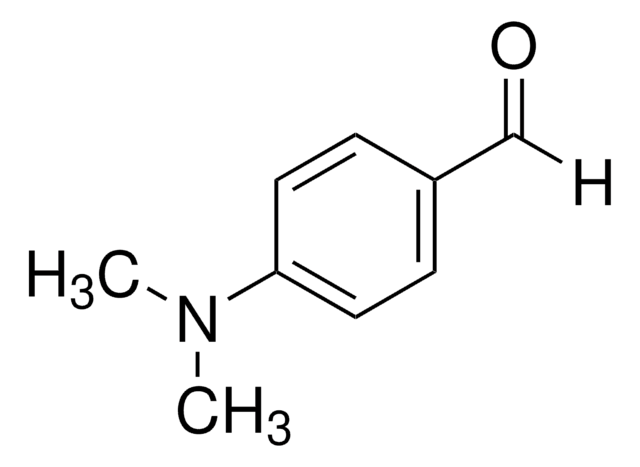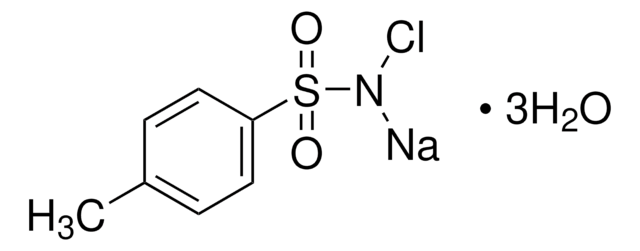56250
trans-4-Hydroxy-L-proline
≥99.0% (NT), BioXtra
Sinónimos:
(2S,4R)-4-Hydroxypyrrolidine-2-carboxylic acid, Hyp
About This Item
Productos recomendados
product name
trans-4-Hydroxy-L-proline, BioXtra, ≥99.0% (NT)
product line
BioXtra
Quality Level
assay
≥99.0% (NT)
form
solid
optical activity
[α]20/D −76.0±1.5°, c = 5% in H2O
impurities
≤0.3% foreign amino acids
ign. residue
≤0.1% (as SO4)
loss
≤0.1% loss on drying, 110 °C
color
colorless to white
mp
273 °C (dec.) (lit.)
anion traces
chloride (Cl-): ≤100 mg/kg
sulfate (SO42-): ≤100 mg/kg
cation traces
Ca: ≤10 mg/kg
Cd: ≤5 mg/kg
Co: ≤5 mg/kg
Cr: ≤5 mg/kg
Cu: ≤5 mg/kg
Fe: ≤5 mg/kg
K: ≤50 mg/kg
Mg: ≤5 mg/kg
Mn: ≤5 mg/kg
NH4+: ≤100 mg/kg
Na: ≤50 mg/kg
Ni: ≤5 mg/kg
Pb: ≤5 mg/kg
Zn: ≤5 mg/kg
application(s)
peptide synthesis
SMILES string
O[C@H]1CN[C@@H](C1)C(O)=O
InChI
1S/C5H9NO3/c7-3-1-4(5(8)9)6-2-3/h3-4,6-7H,1-2H2,(H,8,9)/t3-,4+/m1/s1
InChI key
PMMYEEVYMWASQN-DMTCNVIQSA-N
¿Está buscando productos similares? Visita Guía de comparación de productos
Biochem/physiol Actions
Other Notes
Storage Class
11 - Combustible Solids
wgk_germany
WGK 1
ppe
Eyeshields, Gloves, type N95 (US)
Certificados de análisis (COA)
Busque Certificados de análisis (COA) introduciendo el número de lote del producto. Los números de lote se encuentran en la etiqueta del producto después de las palabras «Lot» o «Batch»
¿Ya tiene este producto?
Encuentre la documentación para los productos que ha comprado recientemente en la Biblioteca de documentos.
Los clientes también vieron
Nuestro equipo de científicos tiene experiencia en todas las áreas de investigación: Ciencias de la vida, Ciencia de los materiales, Síntesis química, Cromatografía, Analítica y muchas otras.
Póngase en contacto con el Servicio técnico


